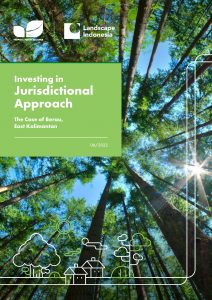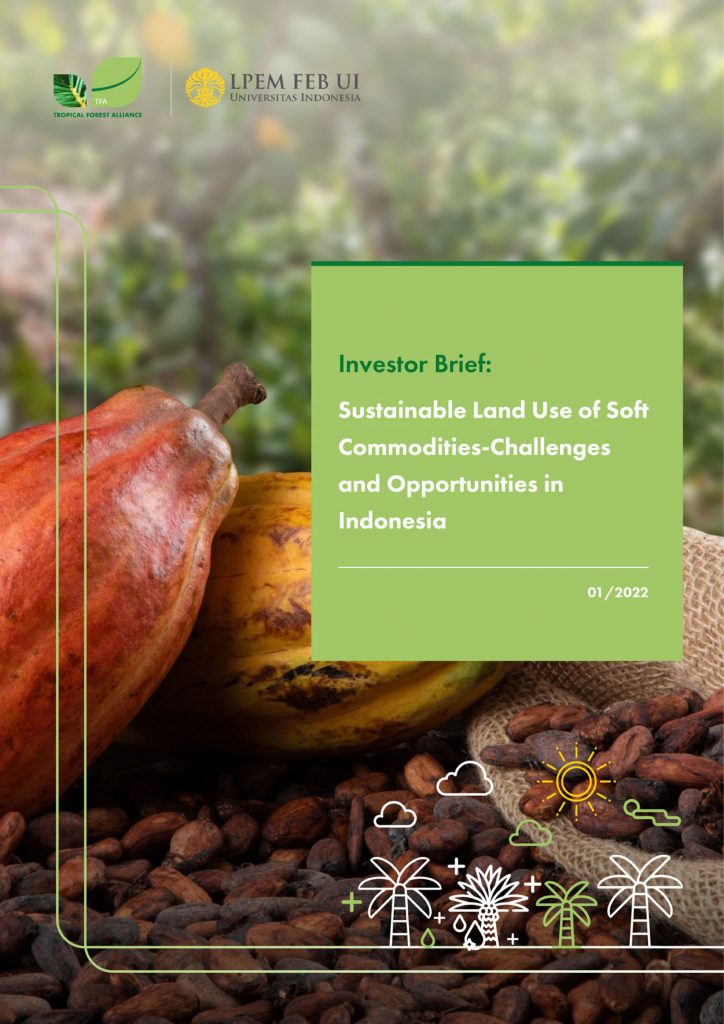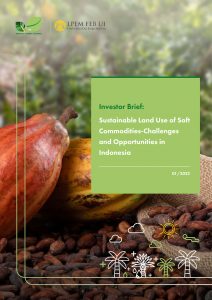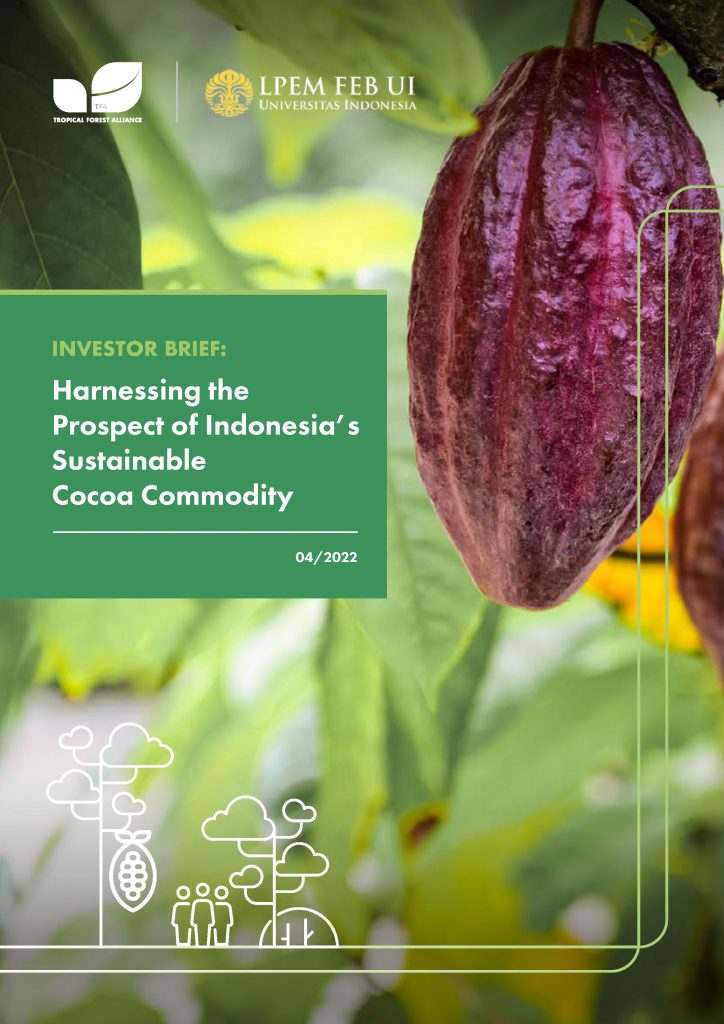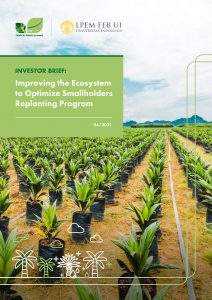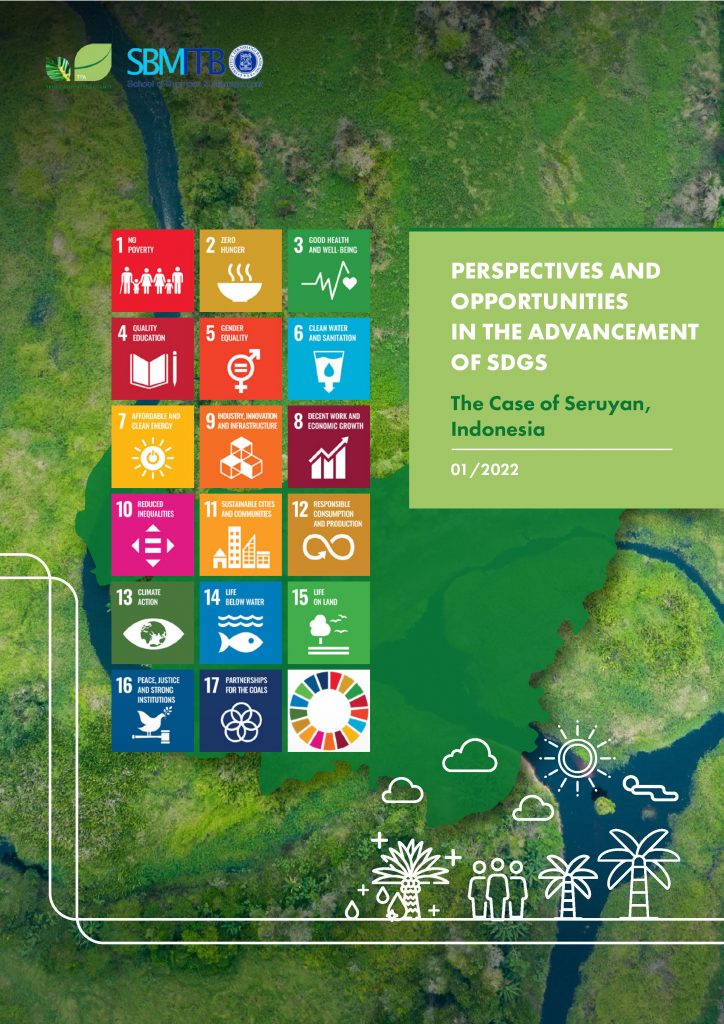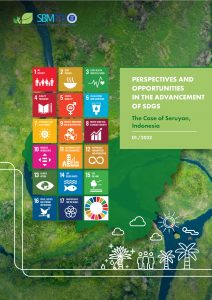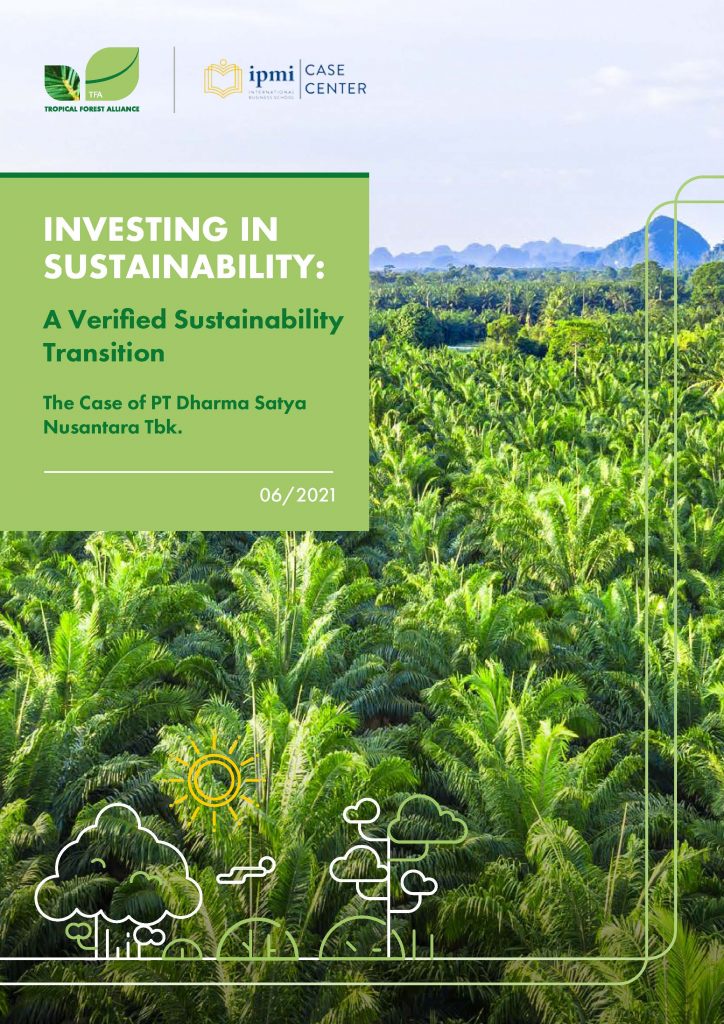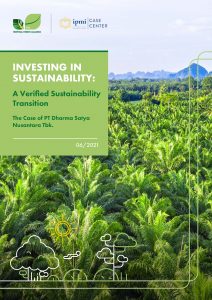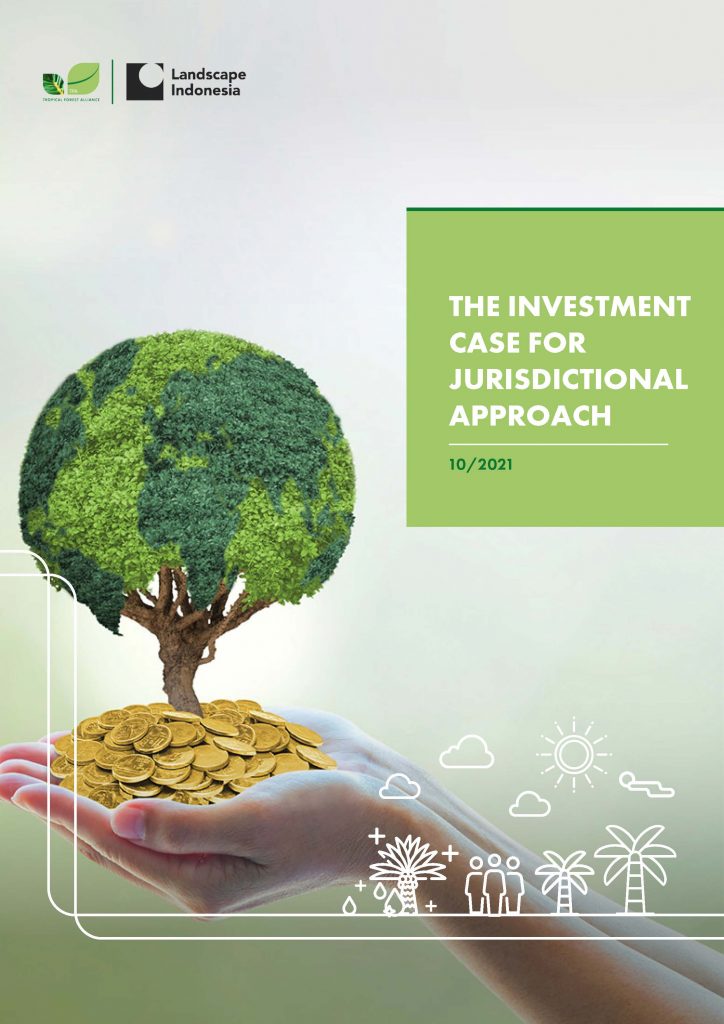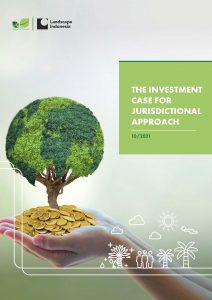
Investing in Jurisdictional Approach The Case of Berau, East Kalimantan
Jurisdictional Approach to Address the Climate Crisis in Indonesia
The current and projected climate crisis will increase the average temperature significantly. The Paris Agreement has been adopted to keep the temperature at well below 2 degrees Celcius (°C) possibly not to exceed 1.5 °C, but the window of opportunity is closing rapidly1.
About 6.6 billion tons of heat- inducing carbon dioxide-equivalent of greenhouse gases (GtCO2e) were emitted worldwide by land-based sector, out of the total 58.1 GtCO2e in 20192. Addressing the climate crisis, therefore, requires significant reductions and avoiding of emissions of greenhouse gases and increasing sequestration and storage capacity of these gases, including and especially that of nature in the land-based sector. The New York Declaration on Forests (NYDF) was signed by countries and corporations in 2014 to halve deforestation by 2020 and reverse it by 2030. But instead, deforestation increased3. The world lost about 26 million ha between 2014-20184.
Most recently, jurisdictional approach is gaining momentum as a way to consolidate efforts toward land-based sustainability, including and especially reduction of deforestation and degradation of forests. Jurisdictional approach has grown out of landscape approach in which production and protection will be harmonized in synergy, spatially and participatorily.
